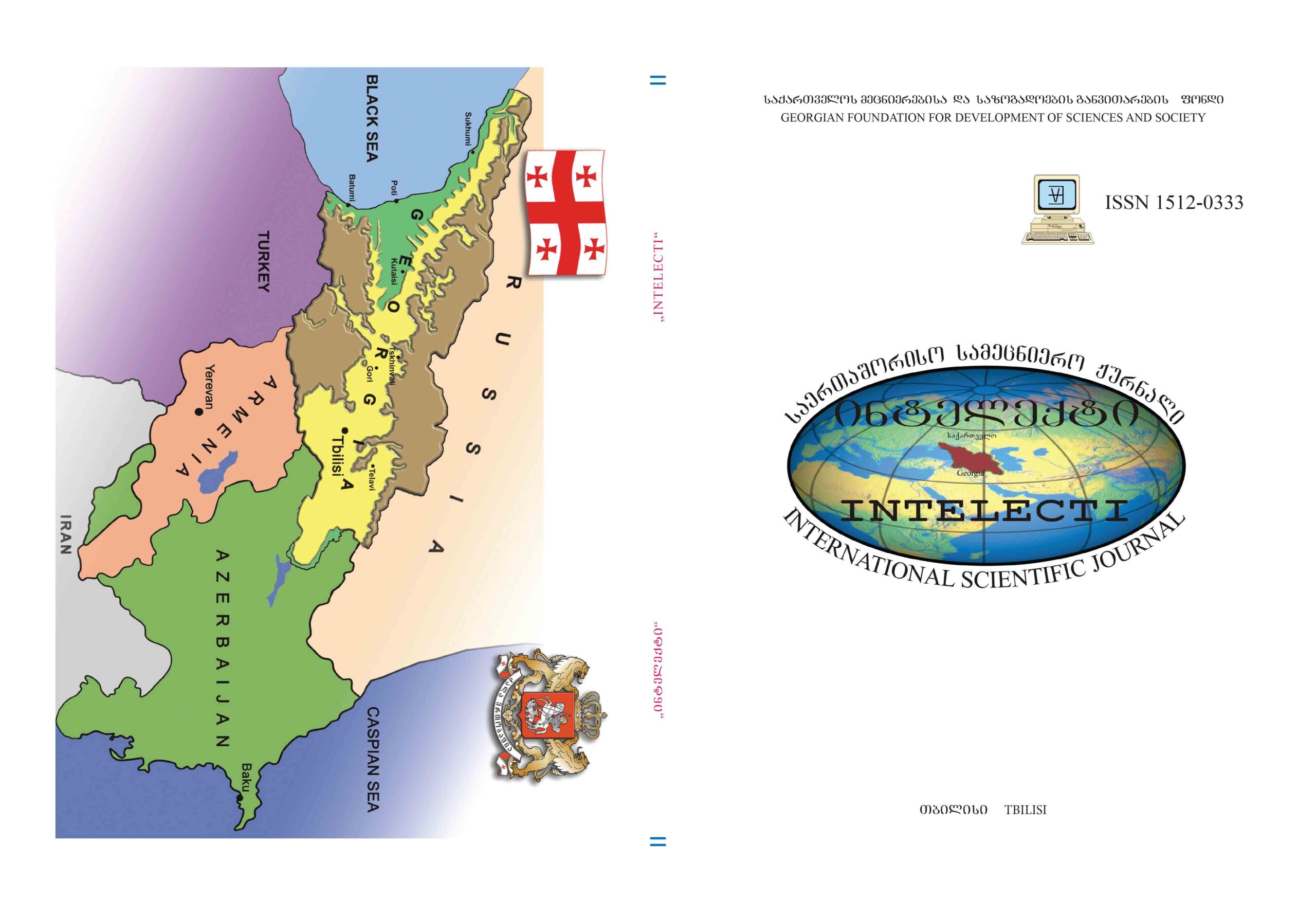რა ტაქტიკას უნდა მიმართოს ქართველმა სამღვდელოებამ საქართველოს ეკლესიის ავტოკეფალიის აღდგენის შემდეგ?! (1906 წლის მოვლენებზე დაყრდნობით)
Main Article Content
ანოტაცია
XIX საუკუნე ერთ-ერთი რთული ეპოქა აღმოჩნდა საქართველოსათვის. ეპოქის სირთულე განაპირობა არა
მარტო პოლიტიკურმა ცვლილებებმა (ქართლ-კახეთის სამეფოს გაუქმება, ბაგრატიონთა გადასახლება, XIX
საუკუნიდან დაწყებული აჯანყებების მარცხმა და ა.შ.), არამედ საქართველოს სამოციქულო ეკლესიის ავტოკეფალიის
გაუქმებამ (1811 წელს გაუქმდა ერთ-ერთი უძველესი საპატრიარქო - მცხეთის საპატრიარქო, ხოლო 1814 წელს -
ლიხთი-მერეთისა და აფხაზთა საპატრიარქო). 1906 წლამდე ქართველ სასულიერო პირებს არაერთხელ ჰქონდათ
მცდელობა საქართველოს ეკლესიის ავტოკეფალიის აღდგენის საკითხი დღის წესრიგში დაეყენებინათ, თუმცა
უშდეგოდ. ამისათვის პოლიტიკური მზაობაც იყო საჭირო. 1906 წელს რუსეთში მიმდინარე პოლიტიკურმა
მოვლენებმა ხელსაყრელი პირობები შექმნა საქართველოს ეკლესიის ავტოკეფალიის აღდგენისათვის. ნაშრომში
განხილულია 1906 წელს დაწყებული მოვლენები, კერძოდ ავტოკეფალისტური მოძრაობის მიზნები და ამ
პროცესებში ქართველი სასულიერო პირების როლი. ცხადია, რომ საქართველოს ეკლესიის ავტოკეფალიის აღდგენა
სურდა ყველას, მაგრამ აღნიშნული საკითხის უკან იყო მთელი რიგი პრობლემები, რომელთა გადაჭრასაც
სერიოზული ძალისხმევა ესაჭიროებოდა. ნაშრომში გამოყენებულია ისტორიულ მეცნიერებაში მართებულად
მიჩნეული ისტორიულ-შედარებითი და ისტორიულ-წყაროთმცოდნეობითი ანალიზის, წყაროს ციკლური
შესწავლისა და სისტემური ანალიზის მეთოდები.
